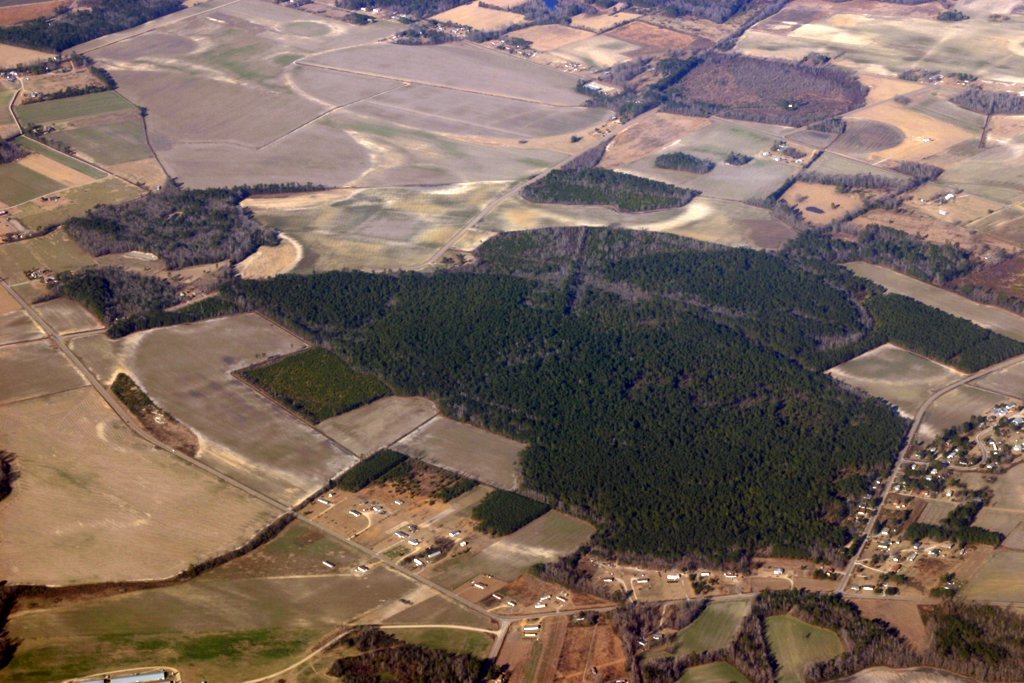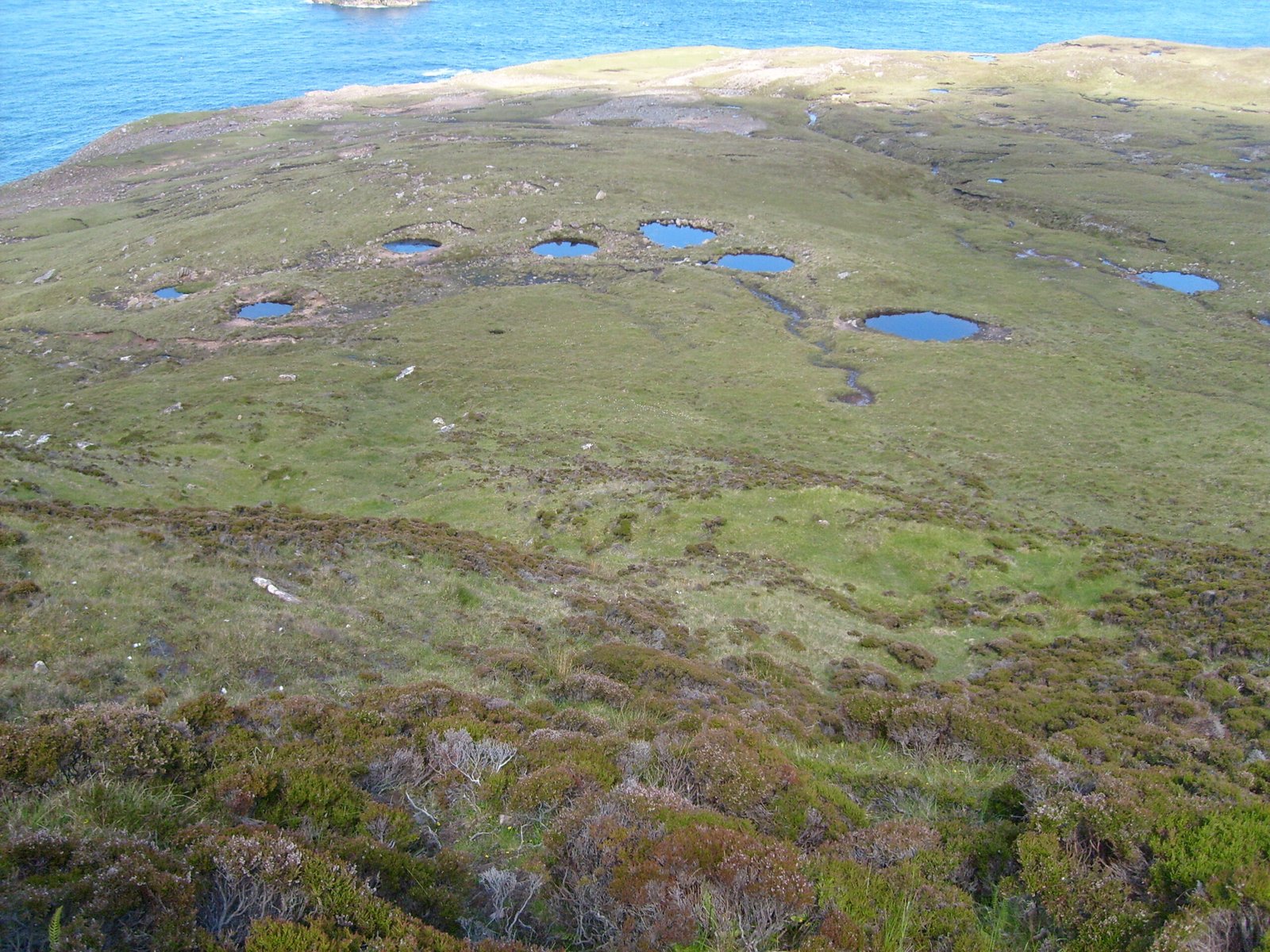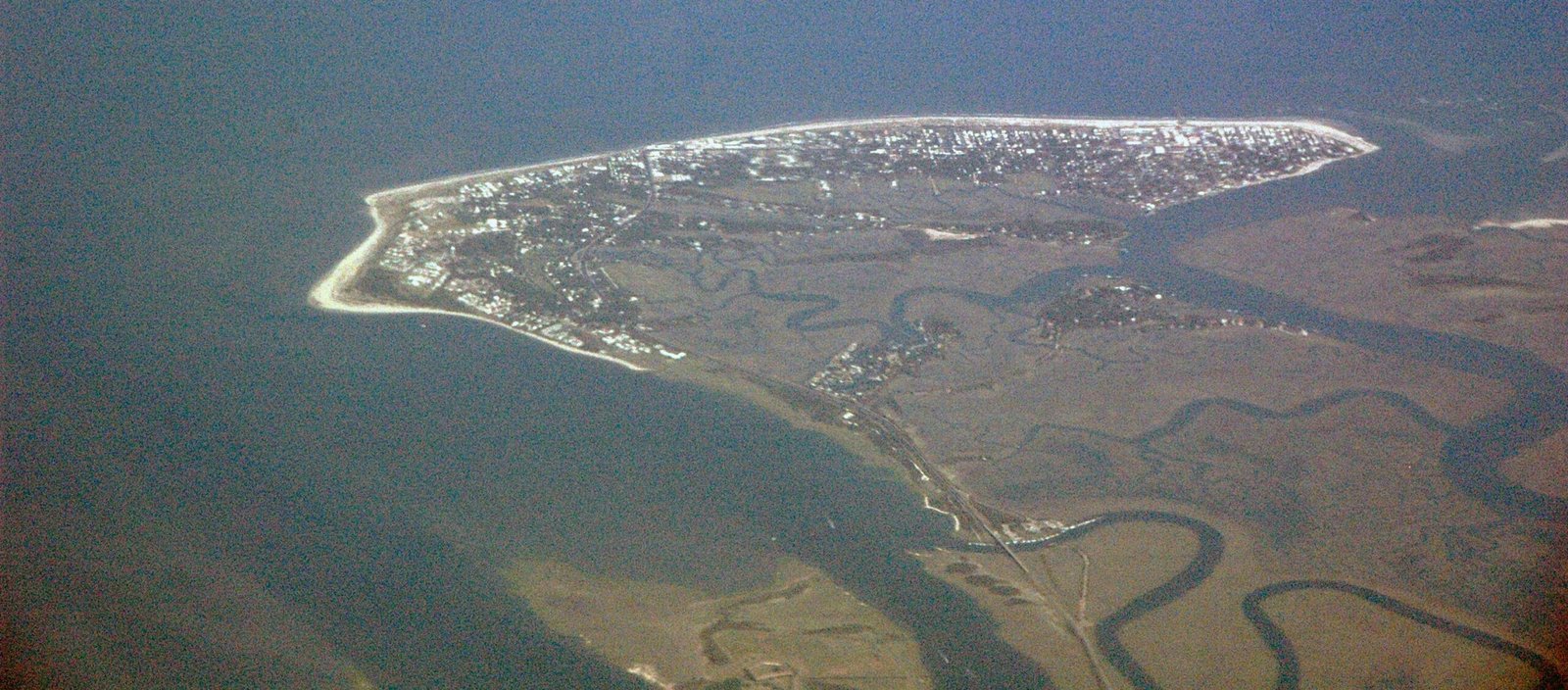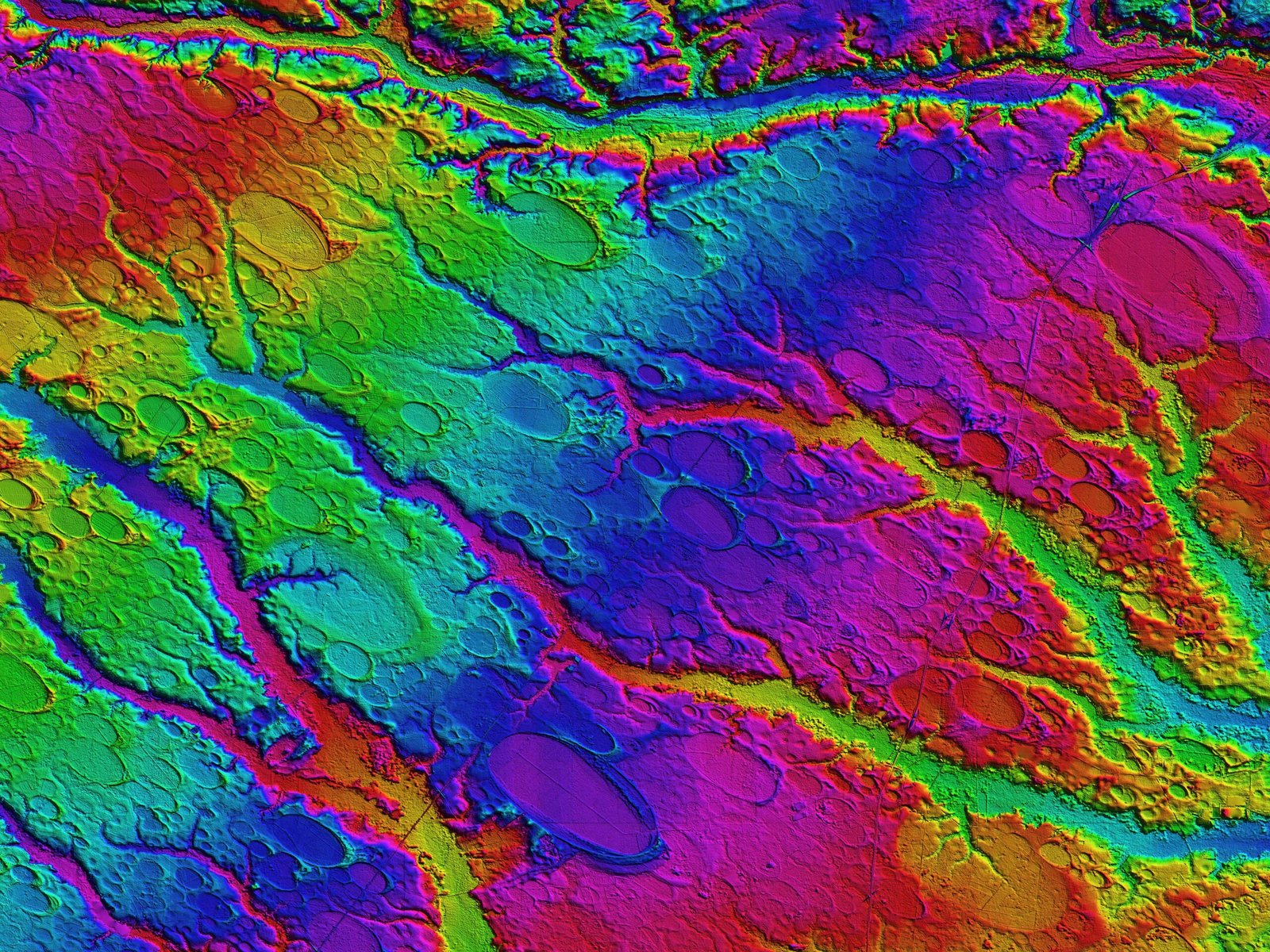Imagine a landscape so peculiar, so full of riddles, that it has baffled scientists for over a century. Across the Atlantic Coastal Plain, from New Jersey down to Florida, thousands of shallow, elliptical depressions—known as the Carolina Bays—dot the earth like the footprints of some cosmic giant. Their origins? Still shrouded in mystery. Some believe they are scars from an ancient cataclysm, a celestial event that literally shook the land. Others see quieter, earthbound processes at work. The truth remains just out of reach, but the search for answers is as thrilling as the bays themselves.
The Enigmatic Shapes on the Landscape

The Carolina Bays are not your ordinary ponds or wetlands. Their shapes are hauntingly consistent: elongated ovals, aligned in a northwest-southeast direction, often rimmed with elevated sand. Some stretch over a mile long, while others are small enough to go unnoticed. This geometric regularity is so striking that it’s visible from space, sparking the imaginations of everyone from pilots to satellite analysts. The eerie similarity between bays—no matter how far apart—suggests a powerful, shared origin. Yet, when you stand on the ground, you might see nothing but a quiet pond, framed by swaying pines and whispering grasses, hiding their ancient secrets just beneath the surface.
First Discoveries and Early Theories
The mystery of the Carolina Bays first caught scientific attention in the early 20th century. Aerial surveys in the 1930s revealed their repeating shapes, prompting a flood of speculation. Early hypotheses ranged from wind and water erosion to the wild idea of giant fish nests. But it was the possibility of a cosmic impact—a catastrophic event leaving behind a field of craters—that seized the public’s imagination. Could these peculiar ponds be the echoes of a disaster from deep time, when Earth was battered by debris from space? The questions only multiplied as more bays were documented, each one deepening the enigma.
The Cosmic Impact Hypothesis

The idea that the Carolina Bays are the result of a massive cosmic impact is as dramatic as it is controversial. Some researchers propose that around 12,800 years ago, a comet or asteroid exploded over the Laurentide Ice Sheet in North America, sending icy debris hurtling toward the Southeast. According to this theory, the high-speed fragments slammed into the soft coastal plain, gouging out the bays in a matter of moments. Proponents point to the consistent orientation and elliptical shapes as telltale signs of an oblique impact. However, despite its popularity in the media and among amateur sleuths, the cosmic impact theory faces significant scientific hurdles and remains hotly debated.
Geological Clues Hidden in the Sediments

Scientists have dug deep into the sediments of the Carolina Bays, searching for hard evidence of a cosmic event. If the bays were indeed created by an impact, we might expect to find shocked quartz, melted glass, or even traces of extraterrestrial elements. Surprisingly, no such smoking gun has been uncovered. Instead, sediment cores reveal layers of sand and peat, built up over thousands of years. Some studies show gradual infilling by wind and water, hinting at a slower, quieter genesis. Even so, the lack of definitive impact markers hasn’t stopped the cosmic theory from captivating imaginations.
Wind, Water, and the Power of Natural Forces

Another school of thought suggests that the Carolina Bays were sculpted by wind and water—not by cosmic violence. During the last Ice Age, strong winds whipped across the barren coastal plain, carrying sand and shaping the land much like they do in desert dunes. Shallow depressions may have started as ponds, enlarged and elongated by wind-driven waves, then rimmed with sand blown from the surrounding landscape. Over millennia, these natural processes could produce the strikingly regular shapes seen today. While less dramatic than a comet strike, this explanation fits with many observed features—though it still leaves some questions unanswered.
The Bays’ Mysterious Alignment

One of the most puzzling aspects of the Carolina Bays is their uncanny alignment. Whether in North Carolina or Georgia, the long axes of the bays almost always point in the same direction—northwest to southeast. This consistency has fueled speculation about a single, unifying force behind their creation. Could a cosmic blast have scattered debris in a single direction? Or did prevailing winds during the Ice Age shape the bays in concert, like a choreographed dance of nature? The answer may lie in the subtle clues hidden in the land’s ancient orientation, waiting for a new generation of researchers to decipher.
Modern Technology and Fresh Insights
Today’s scientists have a powerful ally in their search for answers: technology. High-resolution satellite imagery, LiDAR mapping, and computer simulations allow researchers to analyze the bays with unprecedented detail. These tools reveal subtle landforms invisible to the naked eye and help reconstruct ancient landscapes. Computer models can simulate how wind, water, and even cosmic debris might have interacted with the land. This technological leap has brought new discoveries and fresh debates, suggesting that the final answer may still be just out of reach. Each new study peels back another layer of the mystery, drawing us closer to the truth.
The Human Connection: Legends and Curiosity

Long before scientists puzzled over the Carolina Bays, Indigenous peoples lived among them, fished their waters, and told stories about their origins. Some local legends speak of fire from the sky and a world transformed overnight, echoing the drama of cosmic impact theories. Even today, the bays inspire awe in visitors and residents alike. Hikers, birdwatchers, and amateur geologists flock to the bays, drawn by the beauty and the enigma. The Carolina Bays remind us that nature’s puzzles are sometimes deeply personal, connecting generations through wonder, curiosity, and the urge to explore.
Unique Ecosystems Flourishing in the Bays
Beyond their mysterious origins, the Carolina Bays are ecological treasures. Many bays support rare and endangered plants and animals, thriving in the unique wetlands created by the depressions. Carnivorous pitcher plants, delicate orchids, and noisy chorus frogs call the bays home. Some are seasonally flooded, while others remain dry for years, creating a patchwork of habitats. Conservationists work tirelessly to protect these fragile ecosystems, recognizing that the fate of the bays is linked to the fate of countless species. The mystery of their creation only adds to the urgency and importance of their preservation.
What Lies Ahead: The Search Continues
The Carolina Bays stand as silent witnesses to a drama that may stretch back thousands of years. Scientists debate, technologies advance, and new theories emerge, but the ultimate answer remains elusive. Each bay is a chapter in a story still being written—a story of cosmic possibilities, earthly forces, and the relentless curiosity of the human spirit. As research continues, we are reminded that some mysteries are not meant to be solved easily; they challenge us, inspire us, and remind us how much we still have to learn about our own planet. Will the next discovery finally reveal the truth of the Carolina Bays, or will they keep their secrets a little longer?


